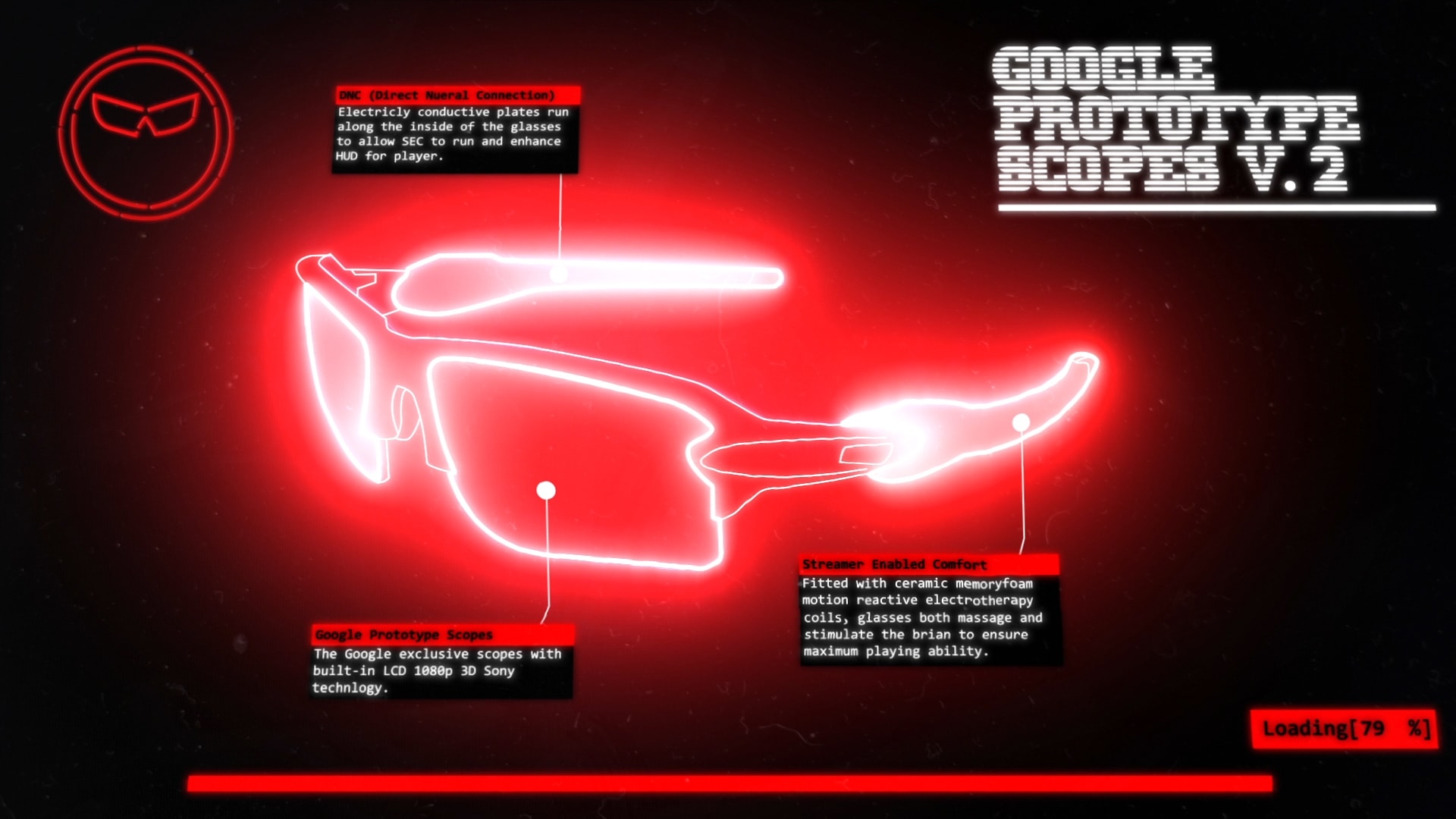

The following list describes the layers that may influence the effective settings, in increasing order of precedence. # PrecedenceĬhrome manages settings on different layers.

They can only be set when at least one incognito window is open. These settings are not stored to disk and are cleared when the last incognito window is closed. For these, they override regular and incognito_persistent settings. incognito_session_only Settings set in the incognito_session_only scope apply only to incognito windows. These settings are stored to disk and remain in place until they are cleared by the governing extension, or the governing extension is disabled or uninstalled. For these, they override regular settings. incognito_persistent Settings set in the incognito_persistent scope apply only to incognito windows.
#Google prototype scopes windows
# Scope and life cycleĬhrome distinguishes between three different scopes of browser settings: regular Settings set in the regular scope apply to regular browser windows and are inherited by incognito windows if they are not overwritten. The proxy settings examples demonstrate how these functions are intended to be used. GOOGLE_APPLICATION_CREDENTIALS = './auth.json' jwt.The ChromeSetting prototype provides a common set of functions ( get(), set(), and clear()) as well as an event publisher ( onChange) for settings of the Chrome browser. private_key, scopes)Ĭonst view_id = 'XXXXXXX' process. 'use strict' const = require( 'googleapis')Ĭonst scopes = '' const jwt = new google. This is the content of this JSON file, called JSON Key File: It’s no longer recommended by Google, just use JSON.įrom a project dashboard, click Create credentials, and choose Service Account Key:įill the form and choose a “JSON” key type: p12 file and then converting it to a pem file using the openssl command. There is another option which involves downloading a. To use this method you need to first generate a JSON Key File through the Google Developers Console. This is the one method I’ll talk about for the test of the article. This is the simplest method, especially if you’re building a prototype or an application that talks from your server (like a Node.js app) to the Google APIs. In a Service to Service authentication model, the application directly talks to the Google API, using a service account, by using a JSON Web Token. OAuth 2 is meant to let your app make requests on behalf of a user, and as such the process is more complicated than needed, and requires exposing URLs to handle callbacks. There are 3 ways to authenticate with the Google APIs:ĪPI key is less secure and restricted in scope and usage by Google. The project is now ready, you can go on and create the authentication credentials. Give it a name, and you’ll be redirected to the project dashboard:Īdd an API by clicking Enable APIs and services.įrom the list, search the API you’re interested in This guide assumes you already have a Google account.Ĭreate a new project, if you haven’t done it yet.įrom the dashboard click Create a new project. Let’s see how that works, in a very simple way.


The Developers Console can be complicated to get right, and it’s one of the reasons I sometimes have resistance into using one of the Google APIs.
#Google prototype scopes how to
This article explains how to use the Google Developers Console to authenticate to any of the Google APIs.


 0 kommentar(er)
0 kommentar(er)
